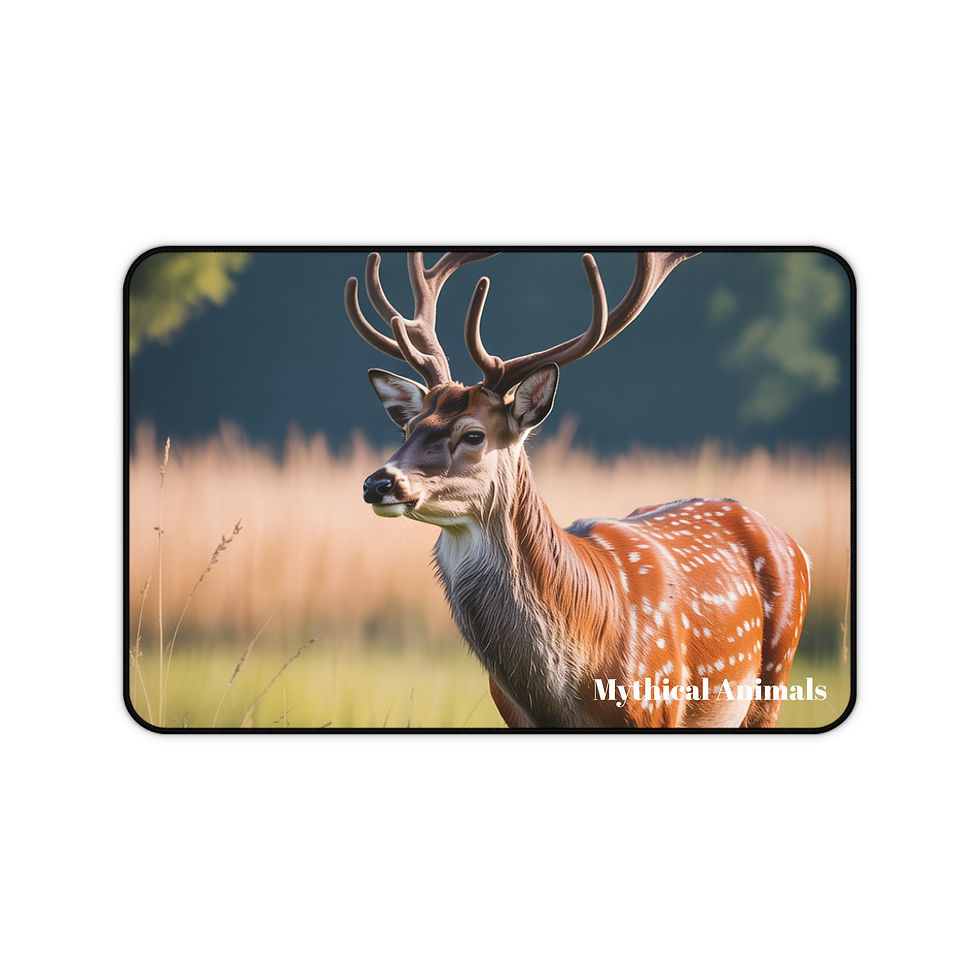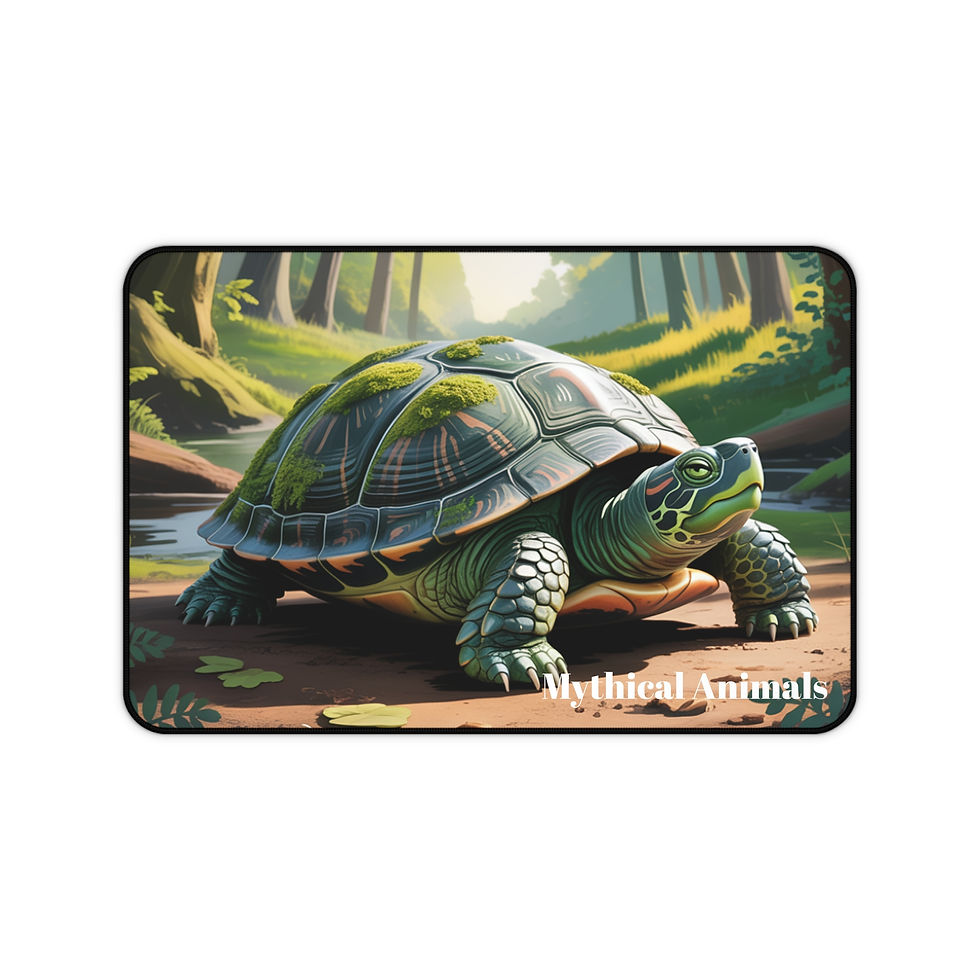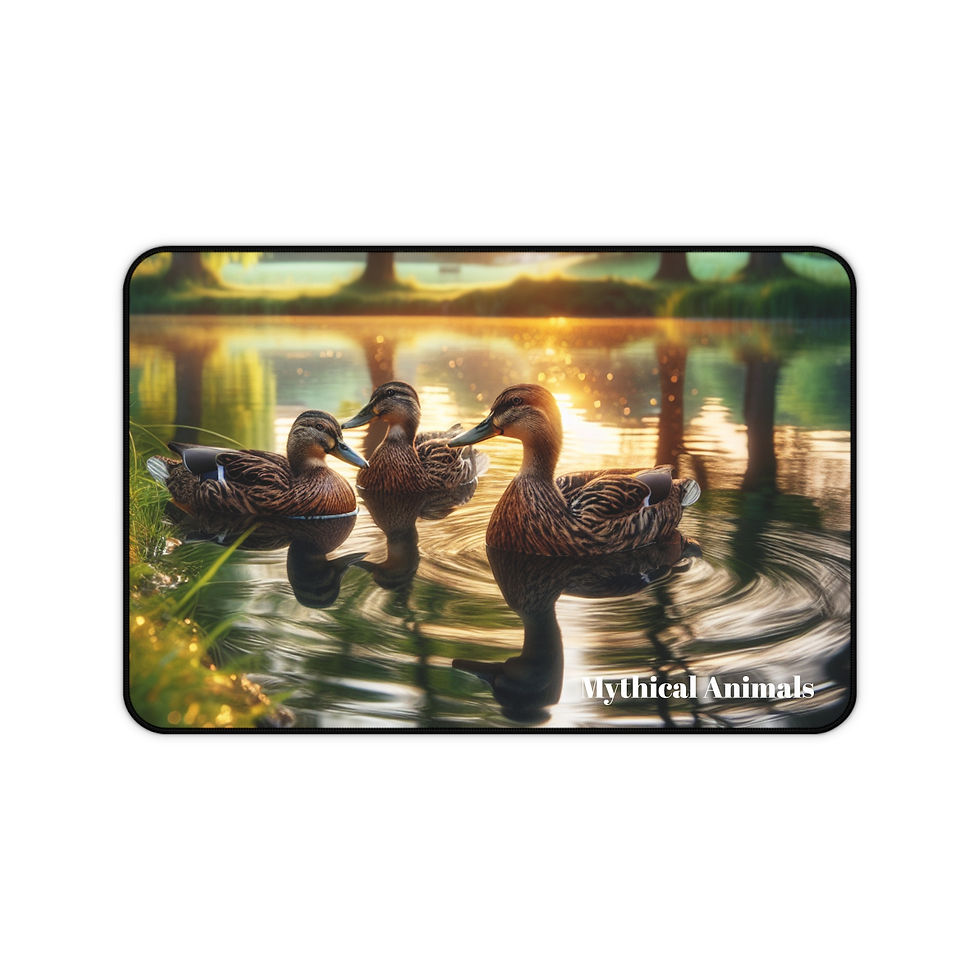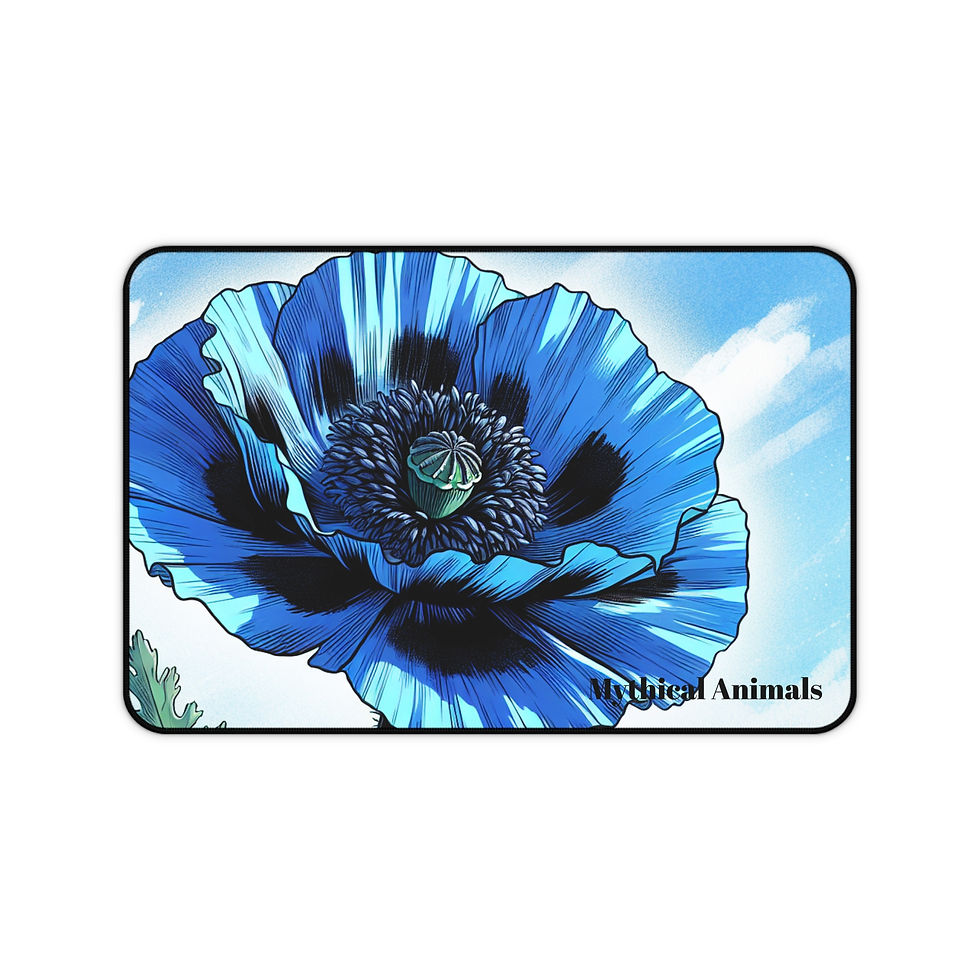Uncovering the Enigmatic World of the Aardvark: A Closer Look at Nature's Mysterious Creature
- Mythical Animals

- Dec 30, 2024
- 4 min read
The aardvark (Orycteropus afer) is one of nature's most intriguing creatures. Often overlooked in discussions about wildlife, the aardvark has unique traits and habits that make it a captivating subject for anyone fascinated by the diversity of life on Earth. With its peculiar appearance and elusive behavior, the aardvark is a creature that invites deeper exploration.
This blog post dives into the world of the aardvark, examining its habitat, diet, anatomy, social structure, and conservation status. By the end, you will have a richer understanding of this remarkable animal and its role in the ecosystem, along with some surprising facts.
A Brief Overview of the Aardvark
The aardvark is a medium-sized, nocturnal mammal native to sub-Saharan Africa. The name comes from the Afrikaans and Dutch words meaning "earth pig," reflecting its pig-like snout and burrowing habits.
With an elongated body and strong limbs, the aardvark is designed for digging. Its tough, hairless skin helps it withstand the harsh environments it inhabits. Although frequently compared to anteaters and pangolins, the aardvark belongs to its own unique order called Tubulidentata.
As a nocturnal creature, the aardvark spends most of the day resting in its burrow, coming out mostly at twilight to search for food.
Habitat and Distribution
Aardvarks are found in various habitats across sub-Saharan Africa, including savannas, grasslands, and woodlands. They thrive in areas with soft, sandy soil that allows for easy digging.
These highly adaptable animals can live in both dry and tropical regions. Although they prefer open landscapes, aardvarks avoid dense forests. Each aardvark constructs a network of burrows, which can sometimes extend several meters deep, to serve as homes and safe havens.

Physical Characteristics
Aardvarks have distinctive physical traits that support their nocturnal lifestyle and foraging behavior.
Unique Features
Snout: The aardvark's long, pig-like snout plays a crucial role in its sense of smell, helping it locate food underground. Aardvarks have been noted to find nests of termites with great efficiency, demonstrating their incredible olfactory abilities.
Ears: Their large ears can pivot independently to detect sounds, giving them awareness of potential predators while they forage.
Feet and Claws: Equipped with strong claws and four toes per foot, aardvarks dig effectively through soil to reach their prey, allowing them to unearth nests swiftly.
Tail: The long, thin tail, akin to a kangaroo's, helps maintain balance during their digging activities.
Diet and Feeding Habits
Aardvarks primarily feed on ants and termites, making them specialized insectivores. Their unique feeding habits have important ecological effects.
Feeding Techniques
Aardvarks exhibit remarkable adaptations for feeding:
Digging: They efficiently tunnel through tough surfaces to access termite mounds or ant hills. Some aardvarks can dig about one meter deep in under 15 minutes.
Tongue: Their long, sticky tongue can extend over 30 centimeters (about 12 inches), enabling them to swiftly lap up large quantities of insects.
Large Mouth: Their mouths can open wide, allowing them to consume thousands of insects in one feeding session.
Remarkably, a single aardvark can eat up to 50,000 ants or termites in just one night. This behavior helps keep insect populations in check, showcasing their importance in maintaining ecological balance.
Solitary Life
Typically, aardvarks live alone, except during mating season in late summer. Each aardvark establishes its territory using scent markings to communicate with others.
Communication
Through a series of grunts and snorts, aardvarks communicate their presence. While not social animals, these vocalizations help establish territorial claims and deter rivals.
Burrowing Behavior
Each aardvark digs multiple burrows for shelter and safety. These burrows can be quite deep, providing refuge from threats and a safe space for giving birth.

Reproduction and Life Cycle
The aardvark's reproductive habits are unique and vital for its survival. They usually give birth to one baby in rare cases two. Hairless babies,gestation period of about seven months.
Mating Behavior
During mating season, males seek out females, typically attracting them with vocalizations. After mating, the gestation period lasts around seven months.
Offspring
Aardvarks usually give birth to a single cub, although twins are rare. Mothers care for their cubs for several months, teaching them essential foraging skills.
Cubs are weaned at about 4 to 6 weeks but remain with their mothers for nearly a year before becoming independent.
Lifespan
In the wild, aardvarks generally live around 14 years, while those in captivity may live up to 23 years. Their main predators include lions, hyenas, and leopards, while young aardvarks face threats from snakes and birds of prey.
Conservation Status
Currently classified as Least Concern by the International Union for Conservation of Nature (IUCN), aardvark populations face significant threats.
Habitat Loss
As human activity expands, aardvark habitats are increasingly compromised. Agricultural development and urbanization are major contributors to habitat destruction.
Climate Change
Shifting climate patterns lead to increased temperatures and altered rainfall, affecting food sources for aardvarks and their habitats.
Ongoing conservation efforts aim to protect aardvark habitats, but increased awareness and targeted action are necessary for their long-term survival.
Fascinating Facts About Aardvarks
Aardvarks have several interesting characteristics that make them truly remarkable.
Sleep Habits: Aardvarks can sleep for up to 12 hours daily, often spending their days resting in their burrows to escape the heat.
Vulnerability to Climate Change: Climate variations significantly influence their foraging ability, highlighting their sensitivity to environmental shifts.
Unique Teeth Structure: Unlike many mammals, aardvarks lack prominent oral teeth; instead, they have grinding teeth suited for their insect diet.
Cultural Significance: In various African cultures, aardvarks are featured in folklore and local myths, symbolizing mystery and resilience.
These facts illustrate the engrossing nature of the aardvark and its essential role in the ecosystem.
Closing Thoughts
The aardvark is an engaging creature that showcases the complexity of nature. Its unique adaptations, solitary nature, and significant ecological contributions remind us of the importance of all species in sustaining our planet's health.
With threats such as habitat loss and climate change at the forefront, raising awareness and advancing conservation efforts will be crucial for protecting aardvarks and their habitats. As you learn more about this remarkable animal, you contribute to valuing the intricate web of life that exists around us.

























Comments